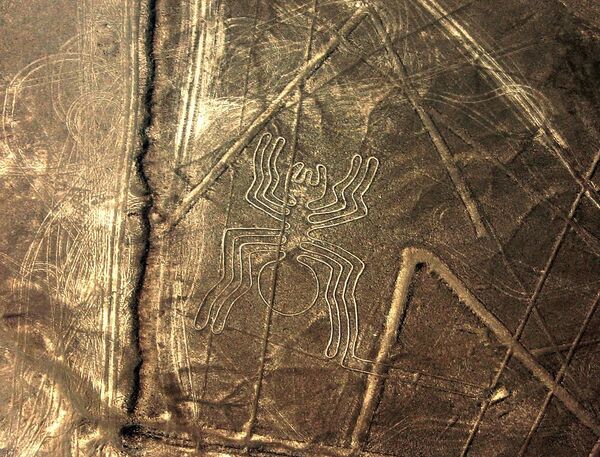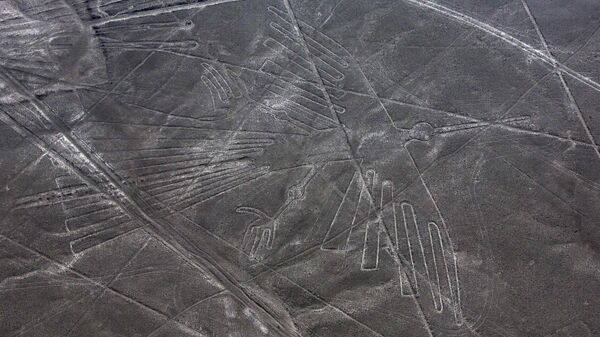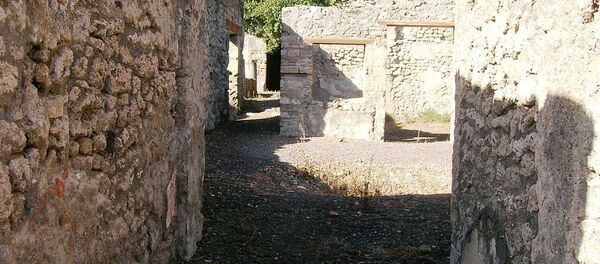An international team of scientists has suggested that anthropogenic pathways and geoglyphs in the Peruvian Andes could be closely tied and used by travellers as part of rituals to pacify local deities and provide safe journey, according to Cambridge University Press.
The researchers from the US and Canada studied the geoglyphs in the Sihuas River Valley pampa in southern Peru using an unmanned aerial vehicle as well as ground reconnaissance. On the basis of the data they obtained, the scientists performed spatial analysis and simulation modelling.
READ MORE: 'African Pompeii': Archeologists Digging Up Ancient City Shrouded in Mystery
They recalled in their study that "although often found in close proximity, there has been no quantitative investigation of the relationships between these types of landscape features".

The survey comes after National Geographic reported earlier this year that a total of 50 new geoglyphs had been discovered on the Nazca plateau in Peru, near the Sechura desert.
The new geoglyphs include anthropomorphic images as well as animals and representations of natural phenomena. Some of the geoglyphs are located in the Palpa Valley, several dozen kilometres from Nazca.

Given that ancient peoples of South America could not fly, some people theorize that it was aliens who either made the geoglyphs themselves or directed humans on how to do it. There is no specific explanation as to why the Nazca people made these pictures


